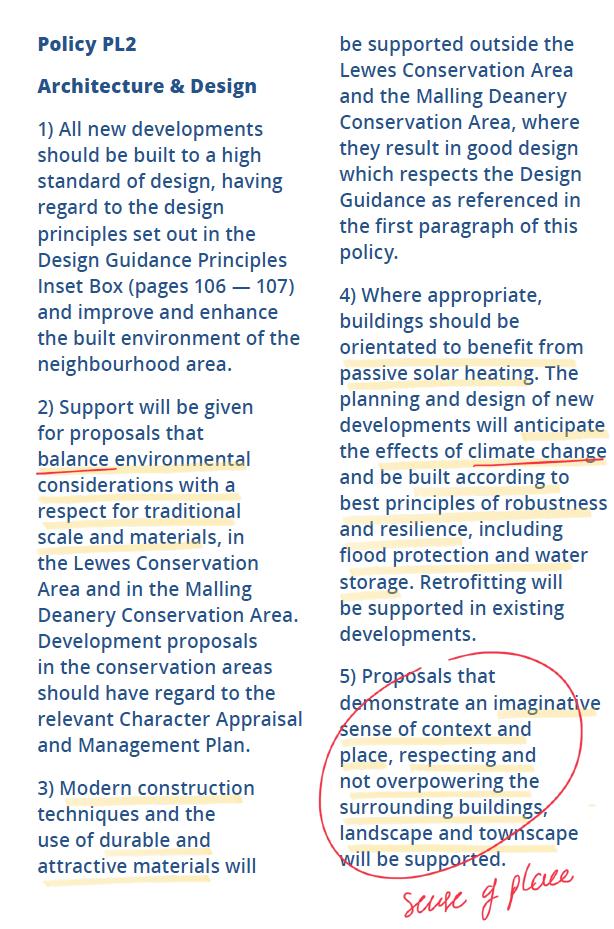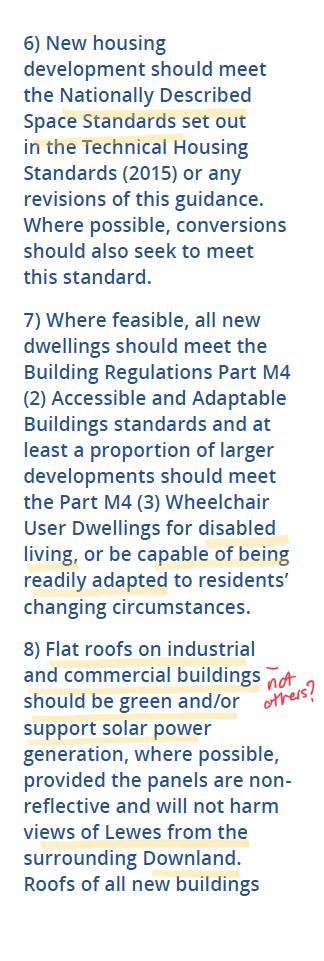
1 minute read
Building Design
Policy Review
Notwithstanding the positive aspects of a context-driven design policy, this emphasis on sense of place could trigger conflicts. For instance, other environmental aspects of design are given consideration in the NDP: climate change resilience, flood protection, water storage, minimum internal floorspace, accessibility, biodiversity and solar collection, for instance. But these are sometimes incompatible with local character, as when the predominant building form in an area may have been driven by other factors that may have been important at the time of the building being erected, but are less relevant now.
Advertisement
An example of this, is roof forms. Historically, pitched roofs were the solution to the cover of buildings as these dealt well with water and snow through gravity and were relatively easy to construct with timber and clay tiles or slate, available materials back then. Nowadays, construction techniques have evolved and designers are aware of thermal loss of complex and extensive external building surfaces, energy can be collected using photovoltaic panels and rainwater can also be collected form roofs. As land is scarcer, roof terraces become more attractive outdoor spaces.
A strong emphasis on contextual design is important, but drastically relying on traditional contextual building design solutions is not, in my view, an adequate route forward. I suggest considering all available solutions and factors.











